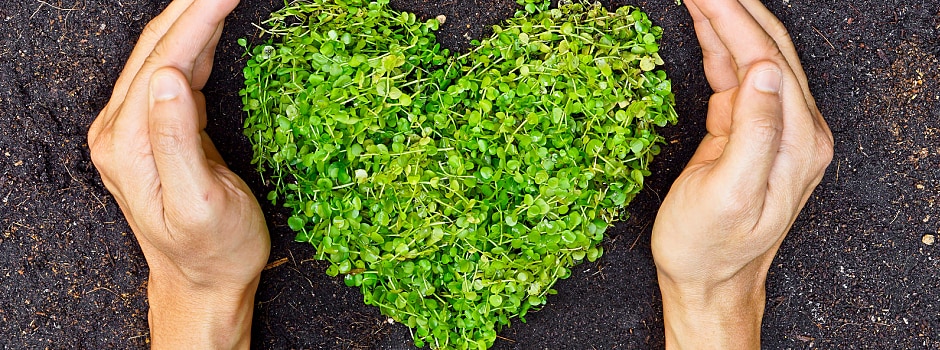With all the negative news surrounding the environment and climate change, it can be easy to feel helpless. However, by making sustainable food choices, you can have an extremely positive impact on the environment. Here's a bit about the impact food production has on the environment, and ways in which you can reduce your carbon footprint through food selection.
Food Production Affects the Environment
When looking at sources of greenhouse gas emissions in both the United States and globally, agriculture and livestock are key players. According to the U.S. Environmental Protection Agency (EPA), during 2014, agriculture was found to be responsible for 9 percent of total greenhouse gas emissions in the U.S. At the same time, transportation, an important part of our country's food supply system, made up a hefty 26 percent of greenhouse gas emissions that same year.
The Food and Agriculture Organization of the United Nations found that livestock farming emitted 14.5 percent of the globe's total greenhouse gases in 2013. Considering these numbers, the maintenance of the world's food supply is a part of the climate change puzzle that shouldn't be overlooked.
Sustainable Food Practices
Luckily, we can choose the foods we purchase and the products we support. In other words, you can make a positive influence on the environment through your food choices. Here are some easy and attainable practices you can adopt at home and in the grocery store.
Natural and Organic Products
Buying natural, organic, or eco-friendly produce and food products is one way you can decrease your carbon footprint. Foods made with preservatives require far more energy to produce than those without because the preservatives are created through their own cycle at a separate facility before even being added to food. By purchasing organic produce, you're choosing to not support the spraying of harmful pesticides into the atmosphere. While some may argue that organic produce is still sprayed with pesticides, the EPA has deemed these products far safer for the environment and your body than what is used on conventional produce.
Local, Seasonal Eating
Seasonal eating is a great way to reduce your impact on the environment. By eating seasonally, you're increasing the likelihood that your food was shipped to the grocery store from a closer location. This can help eliminate a lot of the resources needed to get foods to the grocery store and eventually into homes. Also, taking advantage of local food helps the farmland in your community stay intact while preserving plants, which remove carbon dioxide and release oxygen.
Sustainable Protein Choices
As mentioned above, agriculture, particularly livestock production, is a significant global contributor to climate change. Livestock farming contributes to global warming in a multitude of ways, including excessive water and farmland consumption, massive pollution from both the animals and processing plants, and extensive energy usage. However, not all meat and protein sources contribute the same amount of greenhouse gases to the atmosphere. The World Resources Institute (WRI) categorized protein sources based on their greenhouse gas emissions into high, medium, and low categories. Beef, lamb, and goat make up the high emission category while poultry, pork, and dairy (milk and cheese) populate the medium category. The protein sources that produce the lowest emissions include fish, eggs, nuts, seeds, soy, rice, beans, peas, corn, and wheat. When making sustainable food choices, keep this in mind and try to consume more plant-based protein sources.
Gardening
What better way to reduce your carbon footprint than by procuring your own food? Not only are you reducing the amount of energy needed to feed you and your family, but you're enriching your immediate environment with plants, which remove carbon dioxide from the atmosphere and replace it with clean oxygen.
With the never-ending negative media coverage on climate change, it's easy to feel powerless in the effort to stop global warming. However, food production worldwide is a large contributor to the problem, and by understanding the extent to which food choices affect the environment, and adopting sustainable food practices, you can make a difference.
Related Articles

Cooking with Food Scraps: How to Make the Most of Your Groceries
Here are some tips on how to make the most of your produce by planning your meals and cooking with food scraps.

5 Tips for Planting a Garden
The shorter the distance food travels from farm to table, the better it tastes.

Why You Should Embrace Brown Fruit and Vegetables
Brown fruit and vegetables are often thrown away, which contributes to a high amount of global food waste. Here's how you can use them in the kitchen.



